When it comes to choosing the right footwear for sports, understanding the specifics of the game and the associated footwear is crucial. This is particularly true for volleyball and basketball, two highly dynamic sports that have distinct requirements from their respective shoes. In this article, we’ll delve into the differences between volleyball and basketball shoes, offering insights that will help players make informed decisions. We will explore the design, technology, performance features, and more. So, whether you’re a player or simply interested in the footwear market, you’ll find valuable information here.
Understanding Volleyball and Basketball Shoes
At first glance, volleyball and basketball shoes may seem similar, but they serve different purposes. Each sport requires specific footwear designed to enhance performance and minimize injury risk. Let’s break down the intricate features that set them apart.
1. Design and Structure
Volleyball Shoes
- Weight: Typically lightweight to allow for quick foot movements.
- Cushioning: Emphasizes cushioning in the forefoot to support jumping and landing.
- Traction: Features a gum rubber outsole for superior grip on indoor courts.
- Support: Mid-top designs are common, providing ankle support without compromising on mobility.
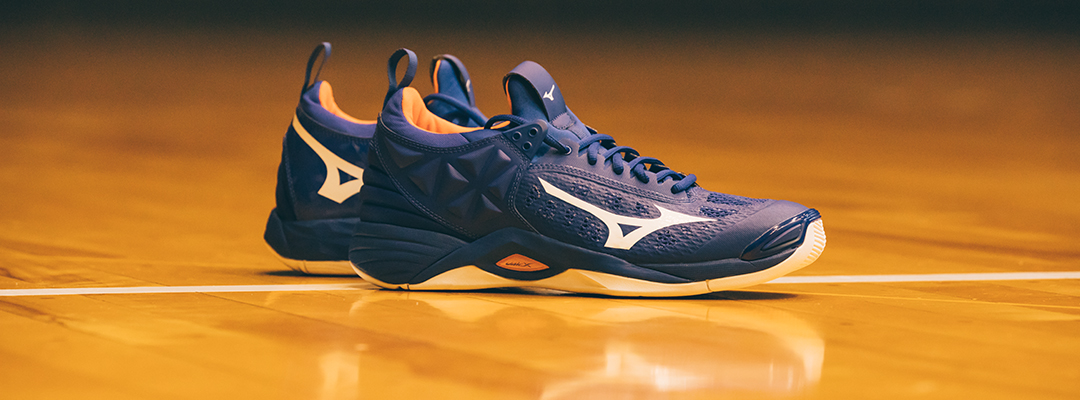
Basketball Shoes
- Weight: Can vary; some models prioritize speed while others focus on stability and support.
- Cushioning: Cushioned throughout the sole, particularly in the heel, to absorb impact during jumps.
- Traction: Outsoles are designed for multi-directional movement, often featuring herringbone patterns for grip.
- Support: High-tops are popular, providing maximum ankle support for lateral movements.
2. Performance Features

| Feature | Volleyball Shoes | Basketball Shoes |
|---|---|---|
| Weight | Lightweight | Varies (Light to Heavy) |
| Cushioning | Forefoot focus | Full-foot support |
| Traction | Gum rubber outsole | Herringbone or multi-directional patterns |
| Ankle Support | Mid-top | High-top preferred |
The Technology Behind Volleyball and Basketball Shoes
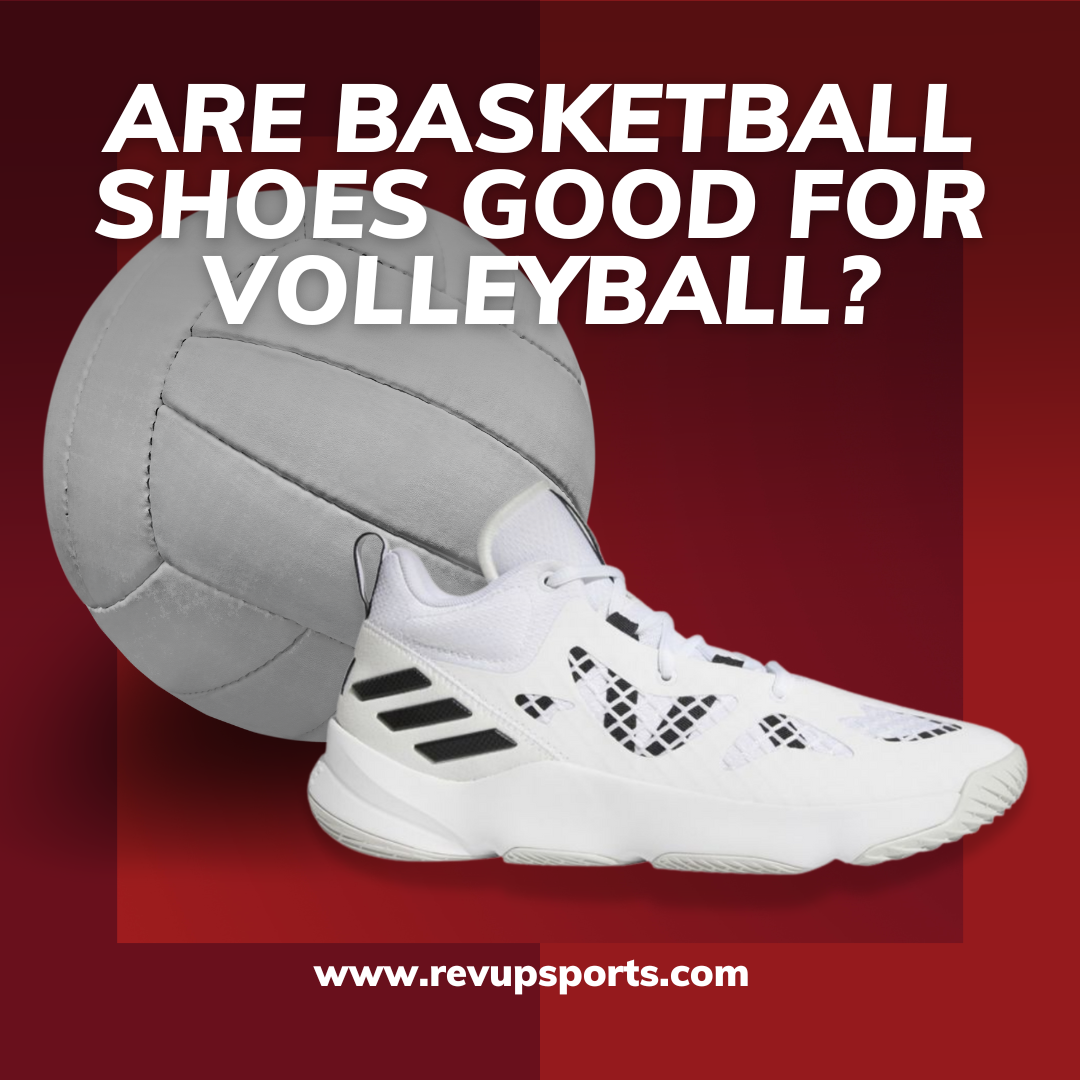
Both types of shoes incorporate advanced technology to enhance performance, but the focus of this technology differs.
Volleyball Shoe Technologies
Most volleyball shoes include:
- Impact Protection: Technology like EVA foam helps in cushioning.
- Flexibility: Shoes are designed to allow players to move swiftly across the court.
- Stability Features: TPU (Thermoplastic Polyurethane) overlays to provide support.

Basketball Shoe Technologies
On the flip side, basketball shoes often feature:
- Air Cushioning: Technologies like Nike Air or Adidas Boost provide responsive cushioning during play.
- Lockdown Fit: Straps and lacing systems that ensure a snug fit to prevent foot movement within the shoe.
- Supportive Uppers: Materials that offer both breathability and support.
Real-World Footwear Comparisons

To illustrate the differences further, let’s take a closer look at popular models from both categories that have made waves in the U.S. market.
Popular Volleyball Shoes
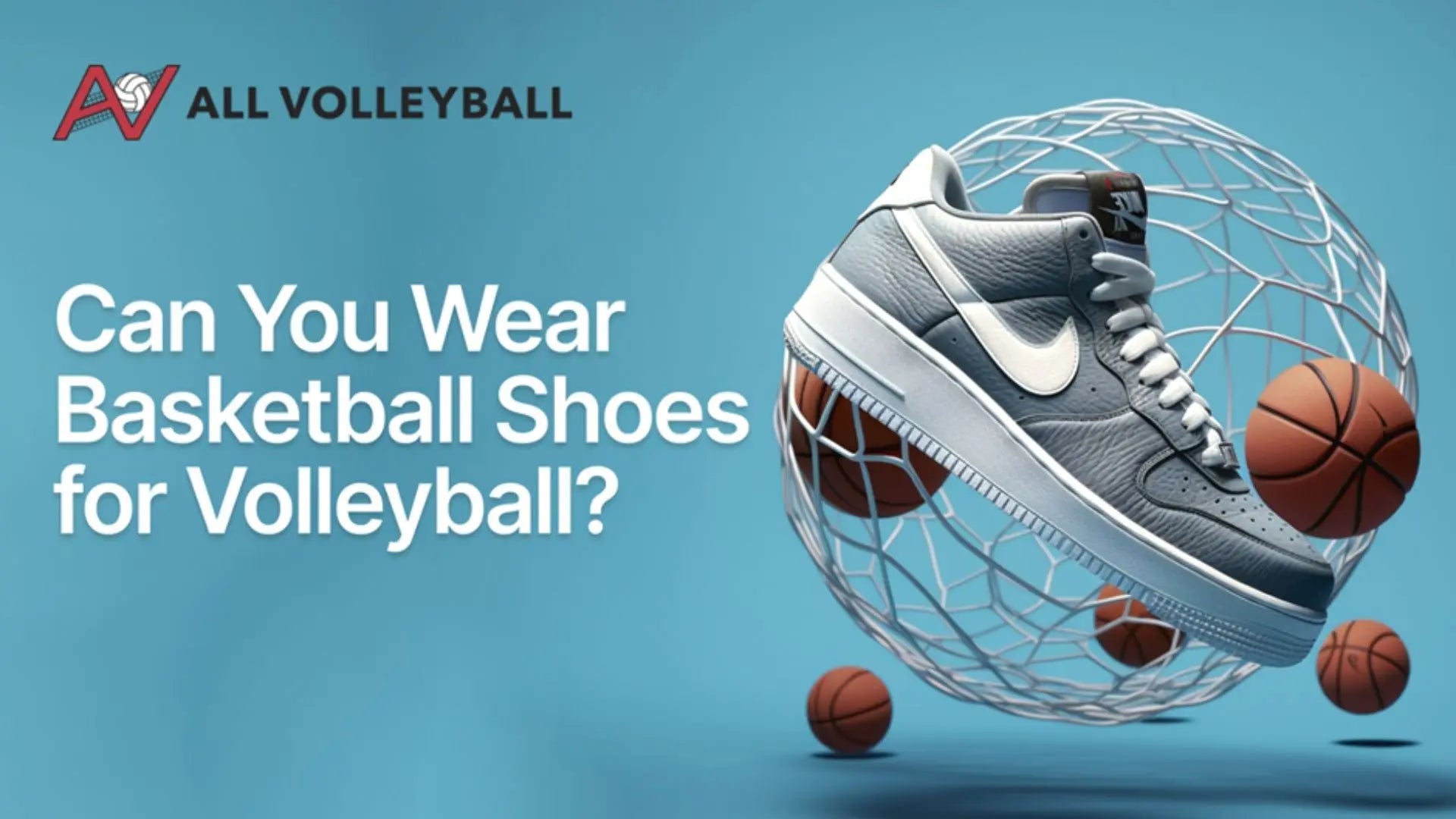
- ASICS Gel-Rocket 10
- Rating: 4.7/5
- Pros: Excellent grip, lightweight, durable.
- Cons: Narrow fit for some users.
- Mizuno Wave Lightning Z6
- Rating: 4.8/5
- Pros: Great for lateral movements, exceptionally comfortable.
- Cons: Expensive compared to competitors.
Popular Basketball Shoes
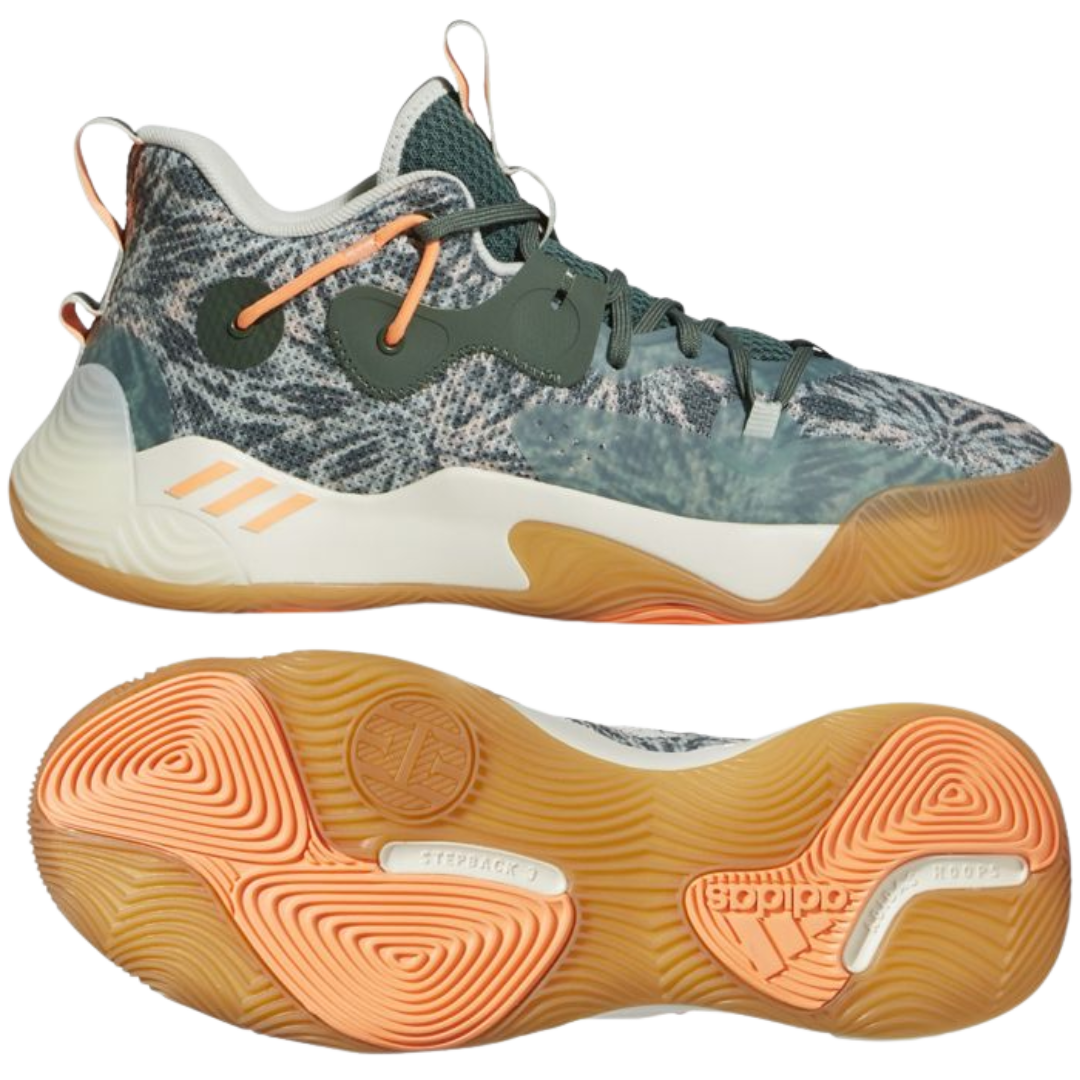
- Nike LeBron 18
- Rating: 4.9/5
- Pros: Incredible support and cushioning, stylish design.
- Cons: Bulky for some personal preferences.
- Adidas Harden Vol. 4
- Rating: 4.5/5
- Pros: Great traction, responsive cushioning.
- Cons: Fit may not suit all foot shapes.
Choosing the Right Shoe for You
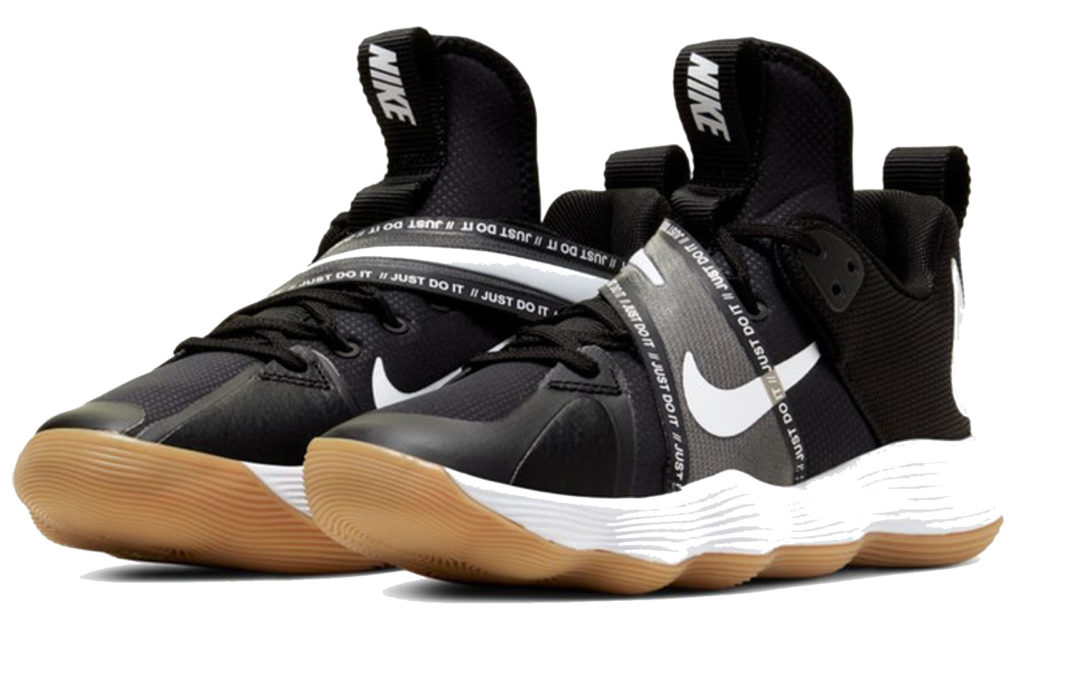
Selecting the right footwear depends on various factors, including playing style, position, and individual preferences. Here are some tips and considerations to assist in making your choice:
1. Understand Your Playing Style
Are you an agile player who relies on speed? A lightweight volleyball shoe might be ideal. Alternatively, if you’re a powerhouse on the basketball court who requires maximum support, consider a high-top basketball shoe.
2. Analyze Your Position
In volleyball, setters may prefer lighter shoes for quick movements, while middle blockers benefit from extra cushioning for jumps. In basketball, guards may opt for lighter models, while forwards and centers look for additional support and stability.
3. Try Before You Buy
Ensure you try shoes on a court if possible. Pay attention to fit, comfort, and performance during lateral movements and jumps.
Pros and Cons: Volleyball vs. Basketball Shoes
Volleyball Shoes
- Pros:
- Lightweight design aids agility.
- Excellent grip for quick movements.
- Designed for jumping and lateral movements.
- Cons:
- May lack the ankle support some players prefer.
- Not suitable for outdoor use.
Basketball Shoes
- Pros:
- Great ankle support and stability.
- Excellent cushioning for impact absorption.
- Versatile for on-court and casual wear.
- Cons:
- Can be heavier than volleyball shoes.
- Some models may feel bulky.
Case Studies: Real-World Experiences
To provide an authentic perspective on the differences between volleyball and basketball shoes, we reached out to various players who rely on these shoes in their respective sports. Here’s what they had to say:
Case Study 1: Volleyball Player Experience
Jessica, a college volleyball player: “I switched from generic sneakers to ASICS Gel-Rocket 10 shoes, and I can’t believe the difference it made. The grip was phenomenal, and I felt much more confident jumping and landing. I highly recommend volleyball-specific shoes for anyone serious about the game.”
Case Study 2: Basketball Player Experience
Mark, an amateur basketball player: “I used to wear casual sneakers but switched to the Nike LeBron 18. The support and cushioning are a game-changer! I can jump higher, and my feet don’t hurt after games anymore. Having the right shoes has improved my performance significantly.”
Conclusion: Making the Right Choice
In summary, while volleyball and basketball shoes may share some similarities, they are tailored for the specific demands of their respective sports. Whether you are spiking on a volleyball court or pivoting on a basketball court, investing in the right footwear enhances performance and reduces injury risk. With the above insights, case studies, and product highlights, you now have the knowledge to make an informed decision when selecting your next pair of sporting shoes.
FAQs
- 1. Can I use volleyball shoes for basketball?
- While some players may find them suitable, volleyball shoes lack the ankle support and cushioning required for basketball, making them less ideal for that sport.
- 2. Are basketball shoes good for everyday wear?
- Yes, many basketball shoes offer stylish designs and comfort suited for casual wear, in addition to their performance on the court.
- 3. What is the best surface for volleyball shoes?
- Volleyball shoes are best for indoor courts, where they can provide optimal grip and traction.
- 4. How do I determine my correct shoe size for sports shoes?
- It’s essential to get fitted by professionals when possible. Additionally, measure your foot and refer to brand-specific size charts.
- 5. Are high-top basketball shoes better?
- High-top shoes offer extra ankle support, which can prevent injuries. However, preferences vary; some players prefer low or mid-top shoes for more mobility.
- 6. How often should you replace your sports shoes?
- Generally, it’s recommended to replace sports shoes every 300-500 miles of use or every 6-12 months, depending on wear and tear.
- 7. Do I need special shoes for beach volleyball?
- Beach volleyball typically requires shoes that provide excellent grip on sand, and some players choose to go barefoot.
For more information, feel free to visit the Verywell Fit website.